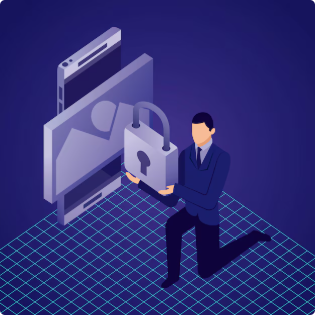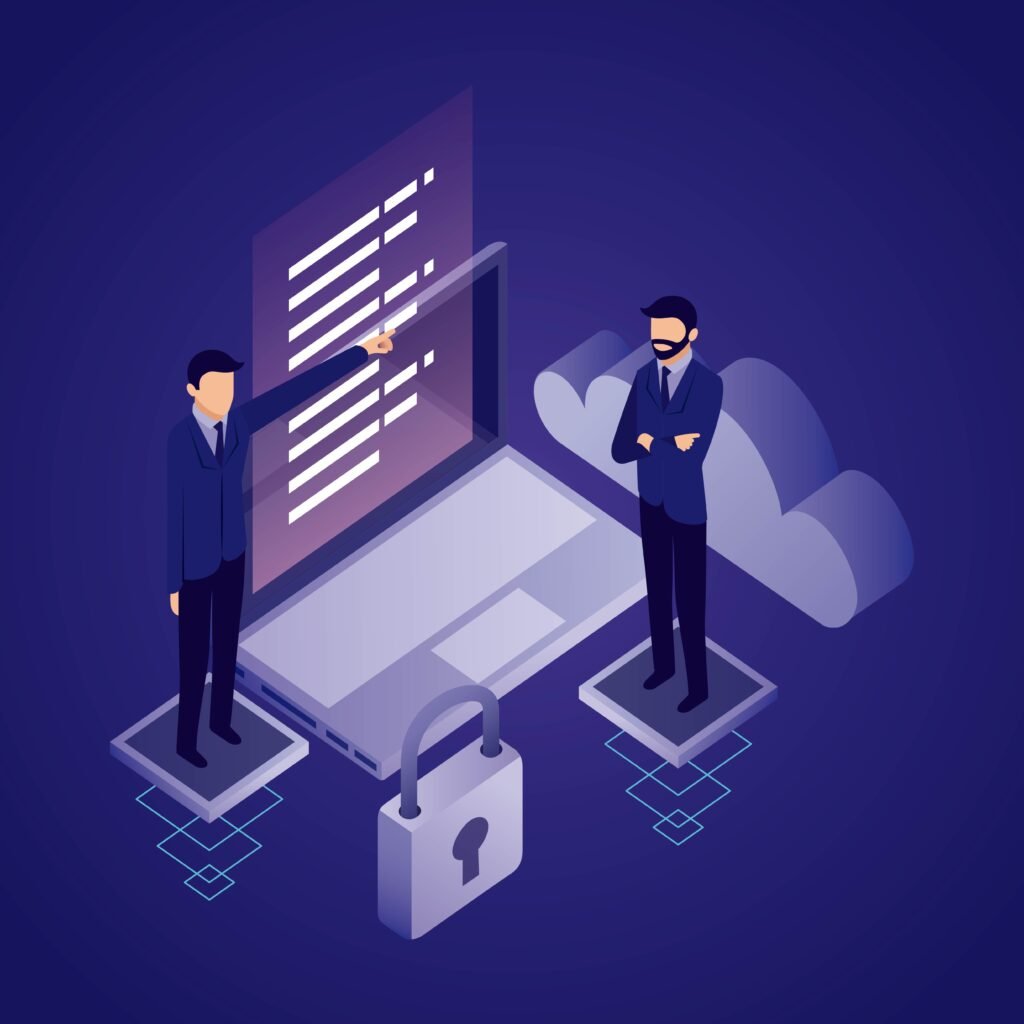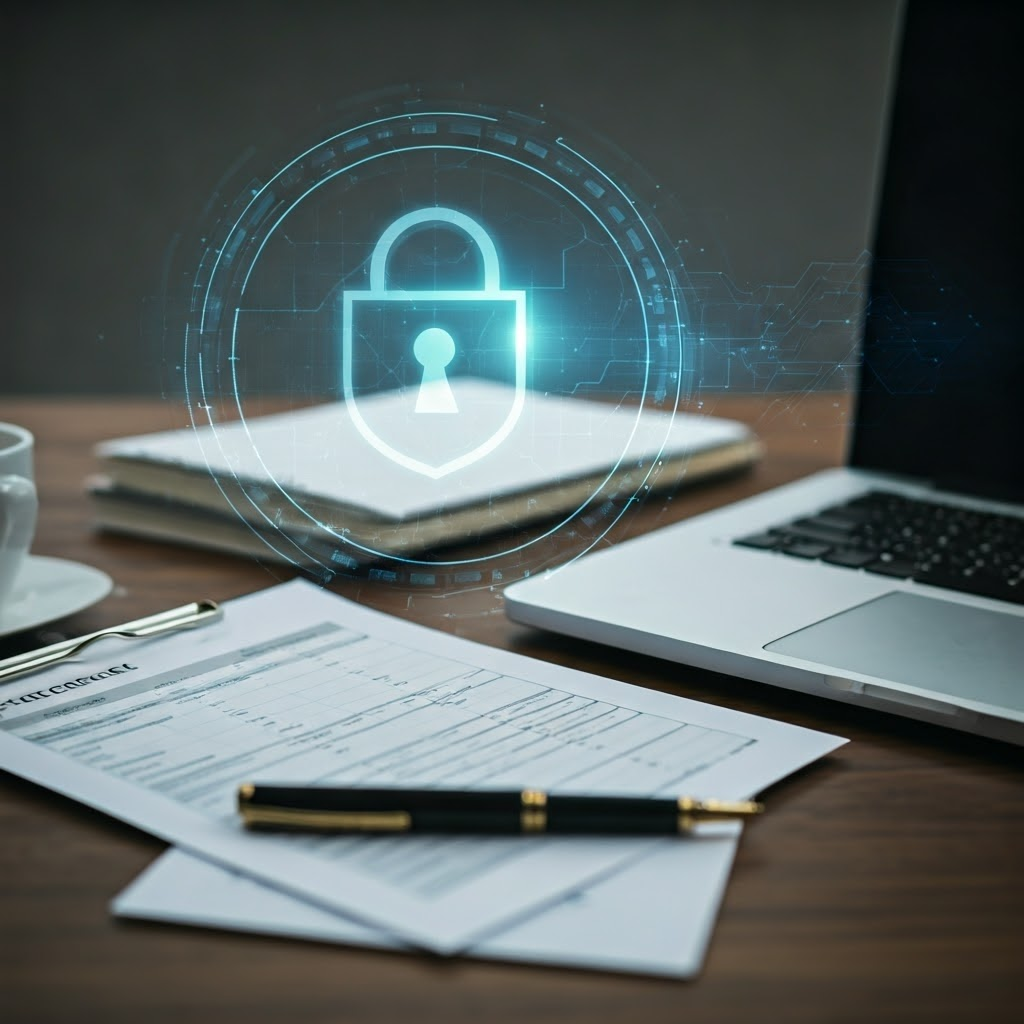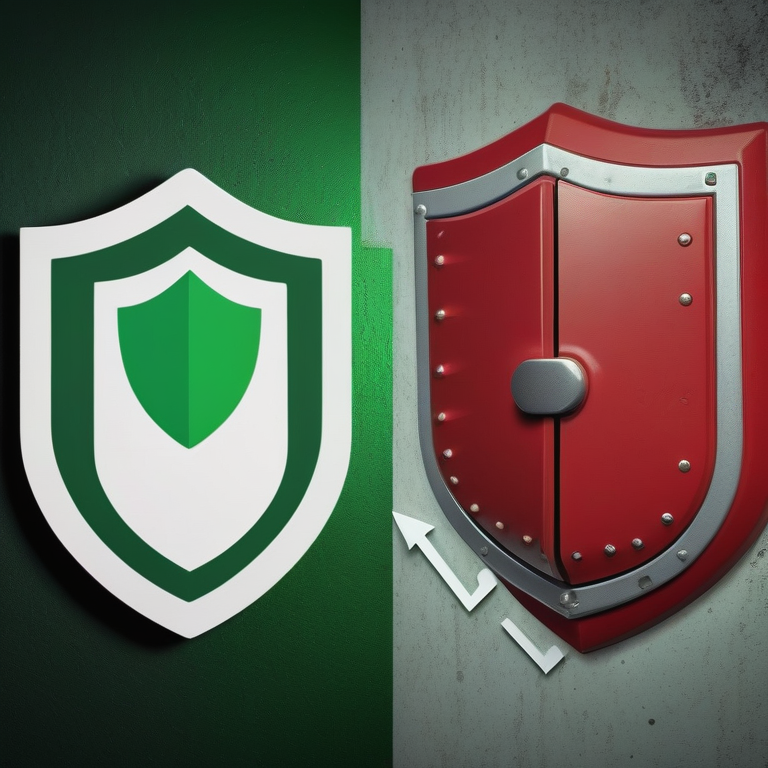Introduction
Zea and Linx are sitting in a modern conference room, ready to dive into a crucial topic for businesses today: the importance of conducting security assessments. Zea, the company’s Chief Security Auditor, and Linx, the CEO, are about to explore why these assessments are vital and how they help organizations stay resilient in an ever-evolving cyber landscape.
Zea: “Alright, Linx, today we’re talking about something fundamental—security assessments. But before we dive into the nuts and bolts, let’s make sure we understand why they’re so important in the first place. Businesses today handle so much sensitive data, and protecting it is more crucial than ever.”
Linx: “Exactly, Zea. Cyber threats are constantly evolving, and businesses need to stay ahead of them. It’s not just about preventing attacks; it’s about understanding potential risks, maintaining trust, and ensuring long-term resilience.”
Zea: “That’s right. Security assessments are like a health check for a company’s cybersecurity posture. They’re necessary to uncover weaknesses that could lead to data breaches or attacks, and they help ensure compliance with important regulations like GDPR or HIPAA.”
The Importance of Security Assessments
Linx: “So, when we talk about security assessments, what exactly are we looking for?”
Zea: “Good question. During a security assessment, we identify potential vulnerabilities—anything from misconfigured systems, outdated software, to gaps in physical security. It’s all about proactively spotting issues before cybercriminals can take advantage of them.”
Linx: “Sounds like it’s not just about finding issues, but also preventing damage down the line.”
Zea: “Exactly! It’s about strengthening your defenses. You don’t want to wait until something bad happens. These assessments help businesses shore up weak spots, reducing the risk of breaches and data loss.”
How Security Assessments Help Businesses Stay Resilient
Linx: “And how do these reports actually help businesses recover from cyber threats?”
Zea: “Well, security assessments don’t just highlight weaknesses—they also suggest security measures to address them. For example, a report might recommend implementing stronger encryption, updating access controls, or adding multi-factor authentication. This not only helps secure sensitive data but also ensures that the organization is complying with industry standards.”
Linx: “So, it’s not just about identifying risks, but also about providing actionable steps to mitigate them, right?”
Zea: “Exactly. A good security assessment report isn’t just a list of problems; it’s a roadmap to better security. It helps businesses prioritize their security efforts, from the most urgent threats to the lower-risk areas.”
The Process of Conducting a Security Assessment
Linx: “Okay, so I’m sold on the importance of security assessments. But what’s the process like? What steps do we take to conduct a thorough assessment?”
Zea: “Great question! Conducting a security assessment involves a few key steps, and it all starts with identifying vulnerabilities. From there, we assess potential threats—what could happen if these weaknesses were exploited?”
Linx: “And I assume, based on those findings, we can suggest the necessary security measures?”
Zea:”Exactly. After evaluating risks, we identify and implement the appropriate security controls—whether that’s firewalls, encryption, or stronger access policies. We also monitor and test continuously to ensure security measures are effective.”
Linx: “Got it. So, what happens after the assessment is complete? Do we just file the report away?”
Zea: “Not at all. The report isn’t just a snapshot—it’s a living document. We use it to track progress, make improvements, and inform future assessments. It builds a baseline, helping us track changes in security over time.”
The Role of Security Assessment Reports in Strengthening Your Security Posture
Linx: “So, this whole process sounds like it’s vital for any organization looking to protect their data and stay ahead of threats.”
Zea: “Absolutely. And it’s more than just a one-time effort. Regular security assessments and transparent reporting create trust with clients and customers. When they know you’re actively protecting their data, it boosts confidence in your services.”
Linx:”And this isn’t just about technology. It’s about building a culture of security, where everyone in the organization understands the importance of data protection.”
Zea: “Exactly. Security is an ongoing process, not a one-off task.”
Conclusion
In conclusion, conducting a thorough security assessment is the foundation of building a resilient security posture, whether you’re just getting started or fine-tuning your existing measures. Stay tuned for our next blog post, where we’ll walk you through the 5-step process of conducting effective security assessments and preparing a comprehensive report. We’ll cover everything from the methodology to the key participants involved and how to prioritize actions that will make the most significant impact on your organization’s security. Get ready to dive into the details and strengthen your defenses!
Frequently Asked Questions
What is a Security Assessment Report and why is it important?
It identifies vulnerabilities and risks in your systems, providing actionable steps to strengthen security and ensure data protection.
How often should I conduct a security assessment for my business?
At least annually, or more often with significant changes in infrastructure or the threat landscape.
What are the benefits of a comprehensive security assessment report?
It highlights weaknesses, suggests security measures, and helps prioritize actions to improve cybersecurity.
Can a security assessment report help businesses comply with regulations?
Yes, it helps identify gaps in security, ensuring compliance with standards like GDPR, HIPAA, etc.














